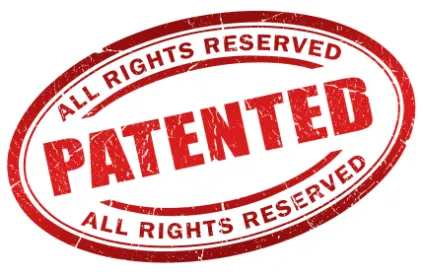In a divided panel decision, the US Court of Appeals for the Federal Circuit affirmed that method claims for a mechanical invention were invalid under 35 USC § 10, and concluded that the claim was directed to a law of nature and was not limited to an inventive concept. American Axle & Manufacturing, Inc. v. Neapco Holdings LLC, Case No. 2018-1763 (Fed. Cir. Oct. 3, 2019) (Dyk, J) (Moore, J, dissenting). This case highlights that even mechanical inventions may fall under the judicial exceptions to § 101.
American Axle & Manufacturing (AAM) sued Neapco for infringement of three patents. The parties filed cross-motions for summary judgment on whether one of AAM’s patents was patent ineligible under 35 USC § 101. The claims of the patent at issue were generally directed to a method of manufacturing driveline propeller shafts. The claimed manufacturing method included tuning a liner for a driveline propeller shaft to attenuate at least two types of vibrations transmitted through the shaft. The district court concluded that the claims were not patent eligible under § 101 because they were directed to two laws of nature: Hooke’s law and friction damping. AAM appealed.
The Supreme Court of the United States has developed a two-part inquiry to determine patent eligibility under § 101. At step one, courts ask whether the claims are directed to a judicial exception—laws of nature, natural phenomena or abstract ideas. If a claim is directed to a judicial exception, the court proceeds to determine at step two whether the claim embodies an inventive concept. A patent claim found to be within a judicial exception is patent eligible only if it embodies an inventive concept.
In this case, the Federal Circuit panel focused its analysis on step one. The majority found that the claimed invention was nothing more than a recitation of Hooke’s law and therefore was undoubtedly a law of nature. The majority rejected AAM’s arguments, concluding that neither the claims nor the specification instructed how the variables of the liner could be changed to produce the claimed multi-dampening liner: “This case might well be significantly different, if, for example, specific [finite element analysis] models were included in the claims.”
This explanation highlights the majority’s argument that the claims were invalid because neither the claims nor the specification provided a directive as to how to use the knowledge of Hooke’s law “to engage in an ad hoc trial-and-error process of changing the characteristics of a liner until a desired result is achieved.”
Turning to step two of the § 101 framework, the majority quickly found that there was no inventive concept because the invention was a trial-and-error application of Hooke’s law.
In a vigorous dissent, Judge Moore accused the majority of neglecting step two. Judge Moore first disagreed with the majority that the claims were directed to a natural law. Judge Moore also argued that even if the claims were directed to a natural law, there were many articulated inventive concepts that should have precluded summary judgment. Finally, Judge Moore argued that the majority was conflating patent eligibility under § 101 with principles of enablement under § 112. In Judge Moore’s view, the majority found the claims ineligible because the patent did “not teach a skilled artisan how to tune a liner.”
Practice Note: This case highlights that mechanical patents are not entirely outside the purview of § 101. Patentees should ensure that their claims and corresponding specification make clear that the claimed invention is more than an application of general physics or mathematical principles.
Authored by Law Clerk: Gilbert Smolenski



 />i
/>i

